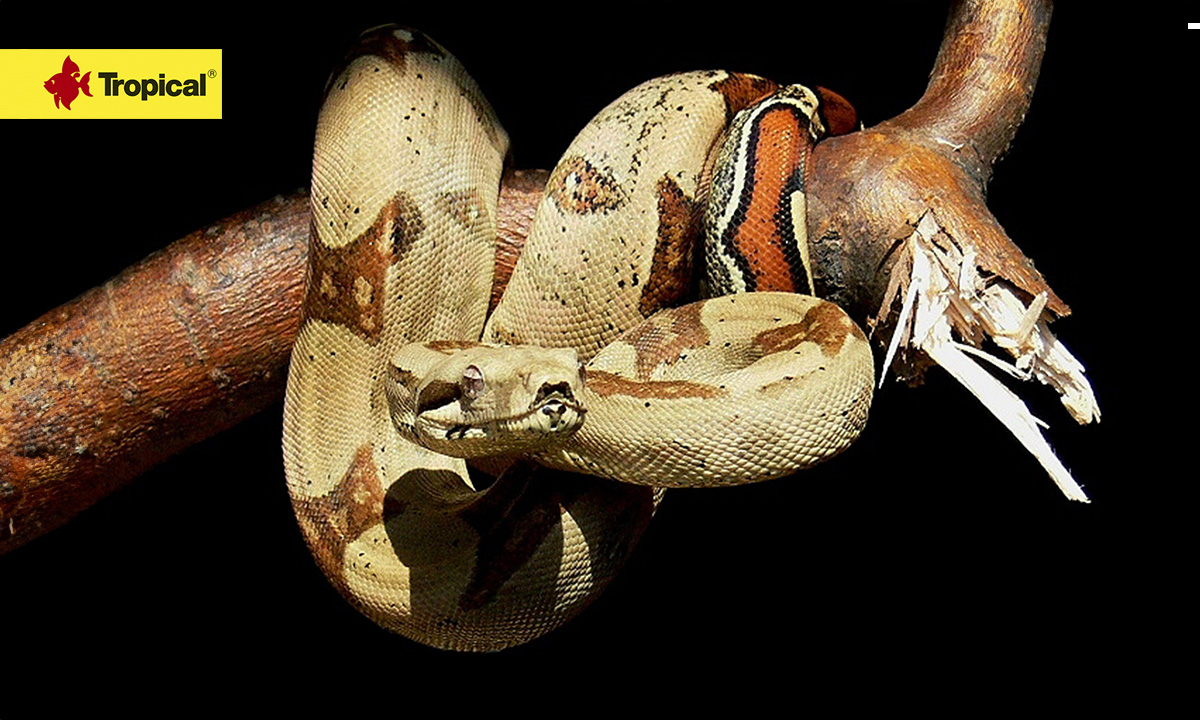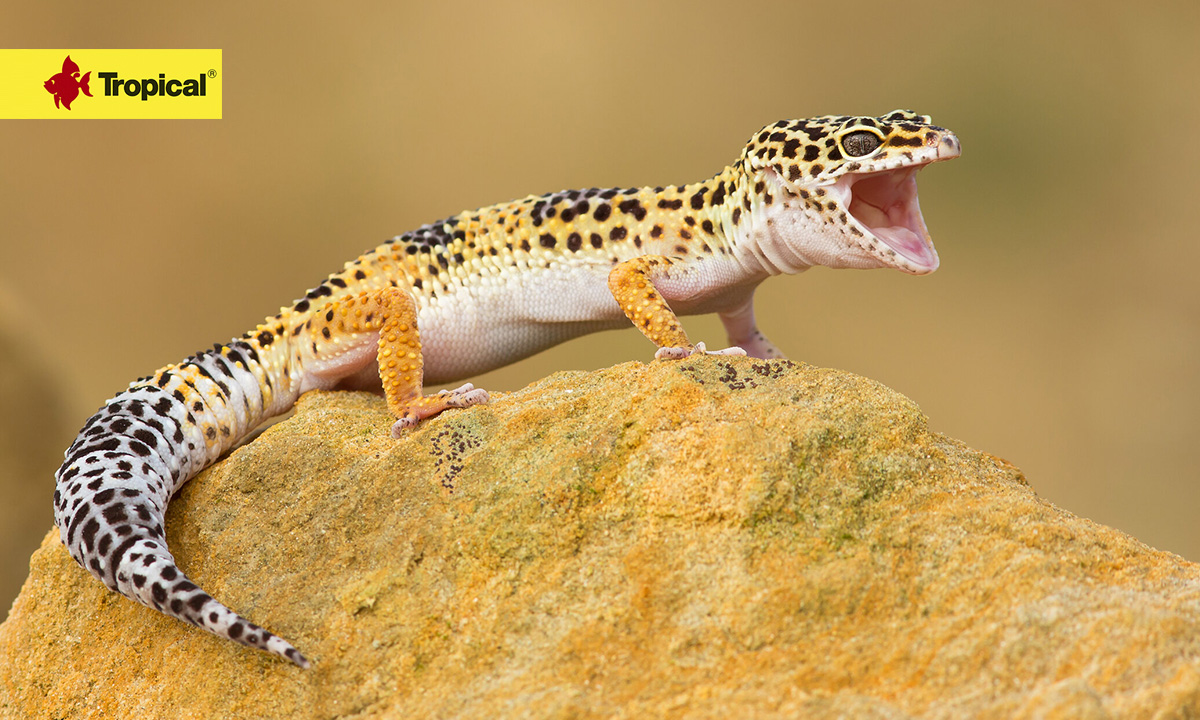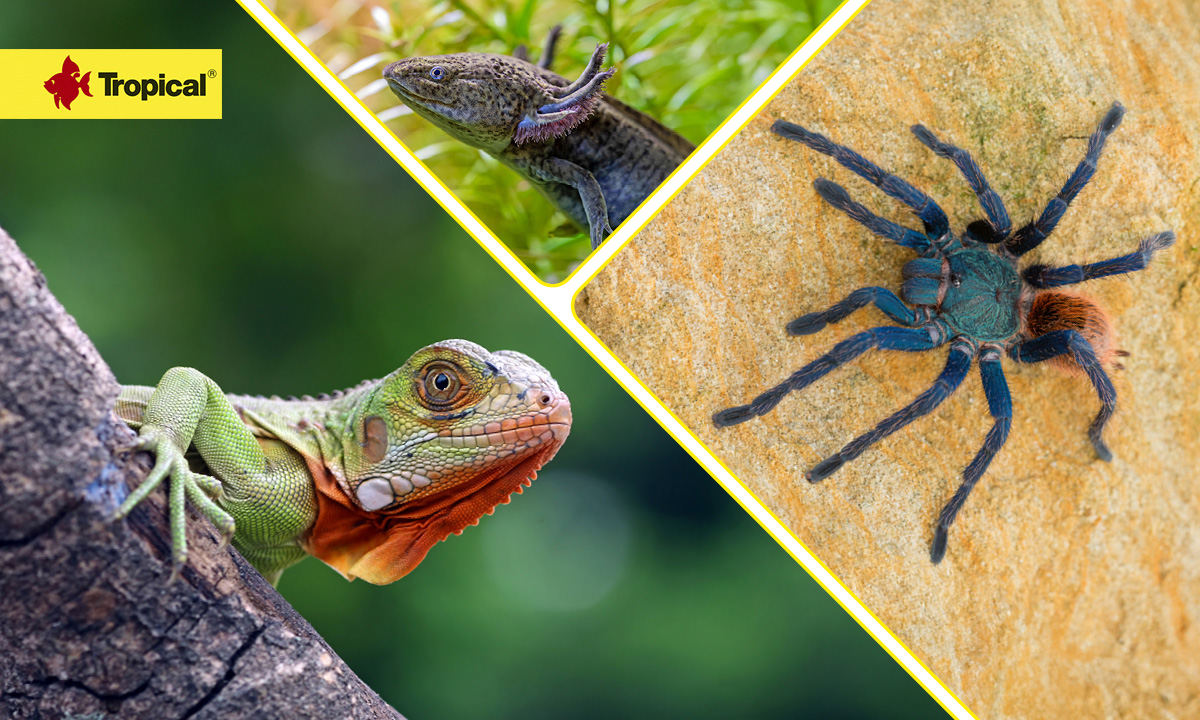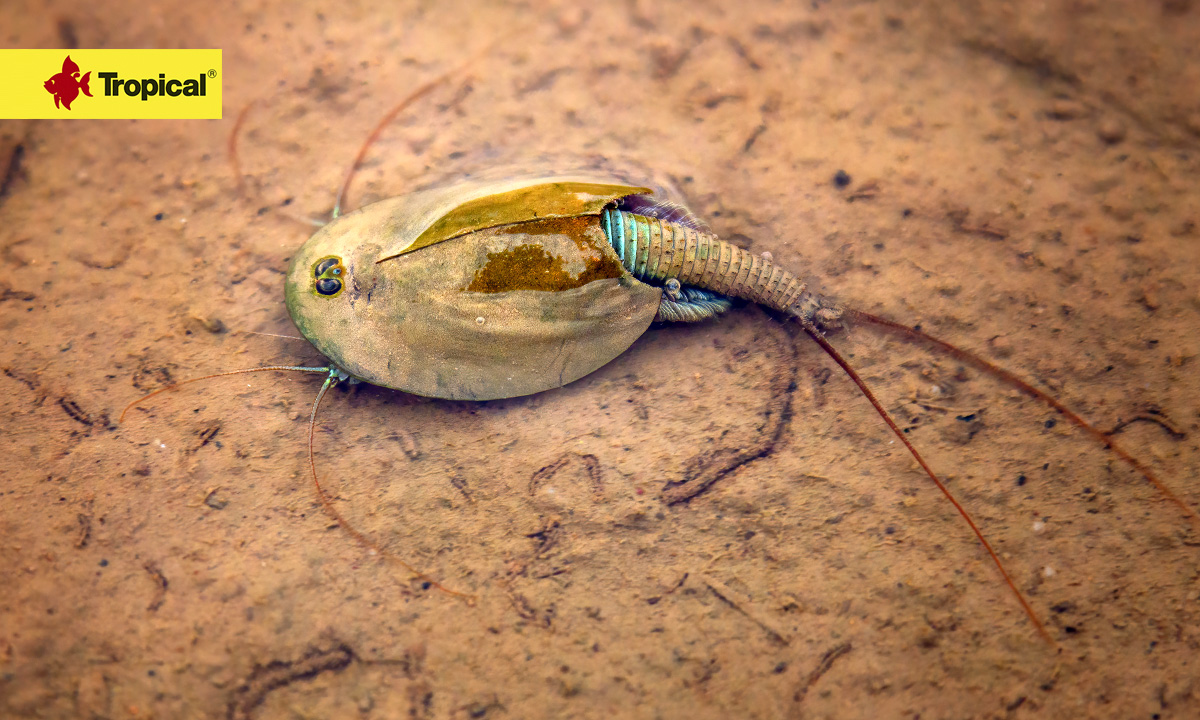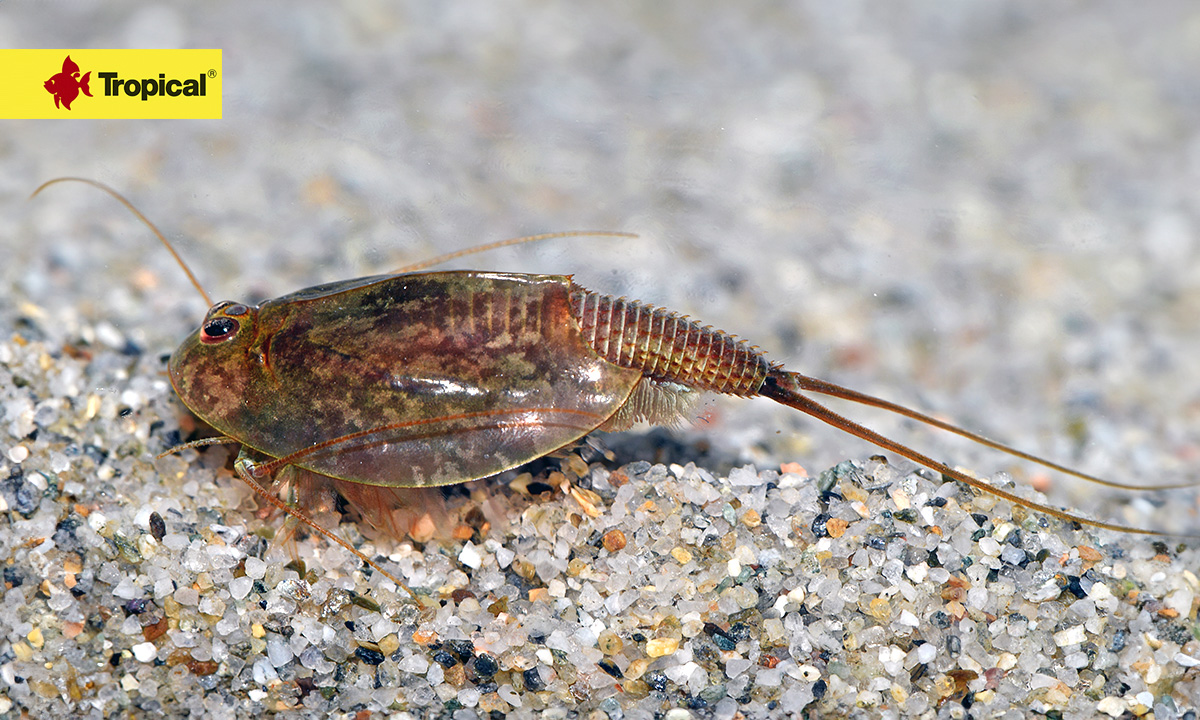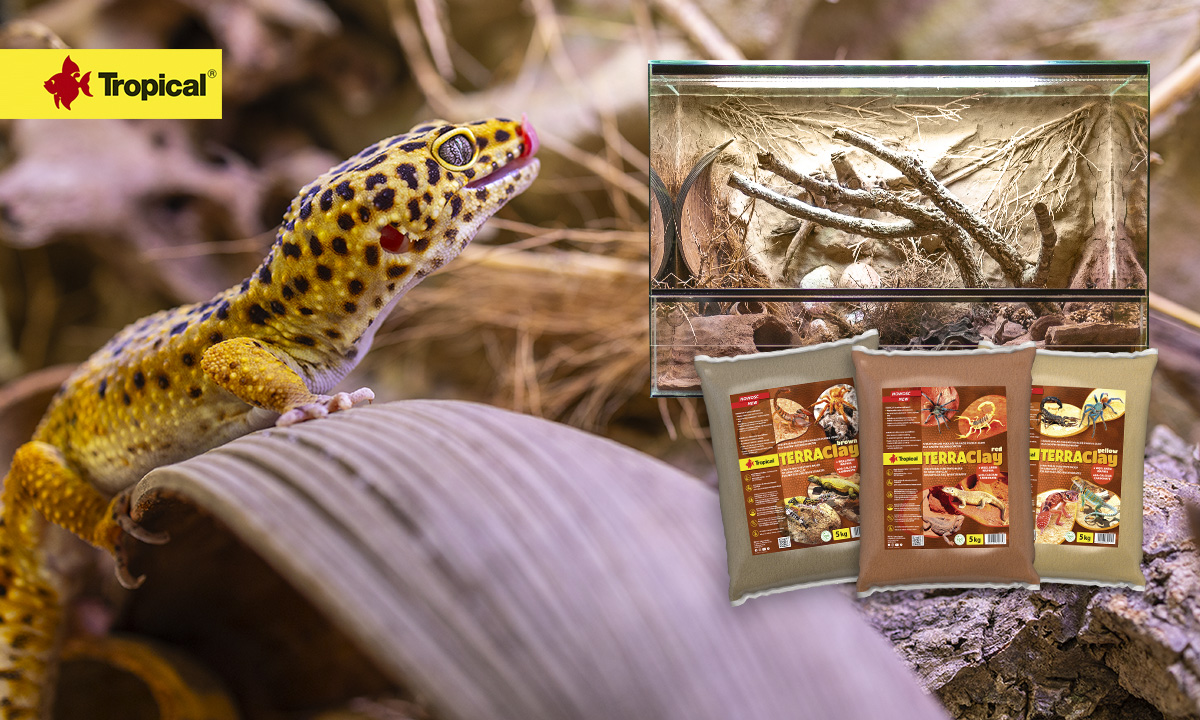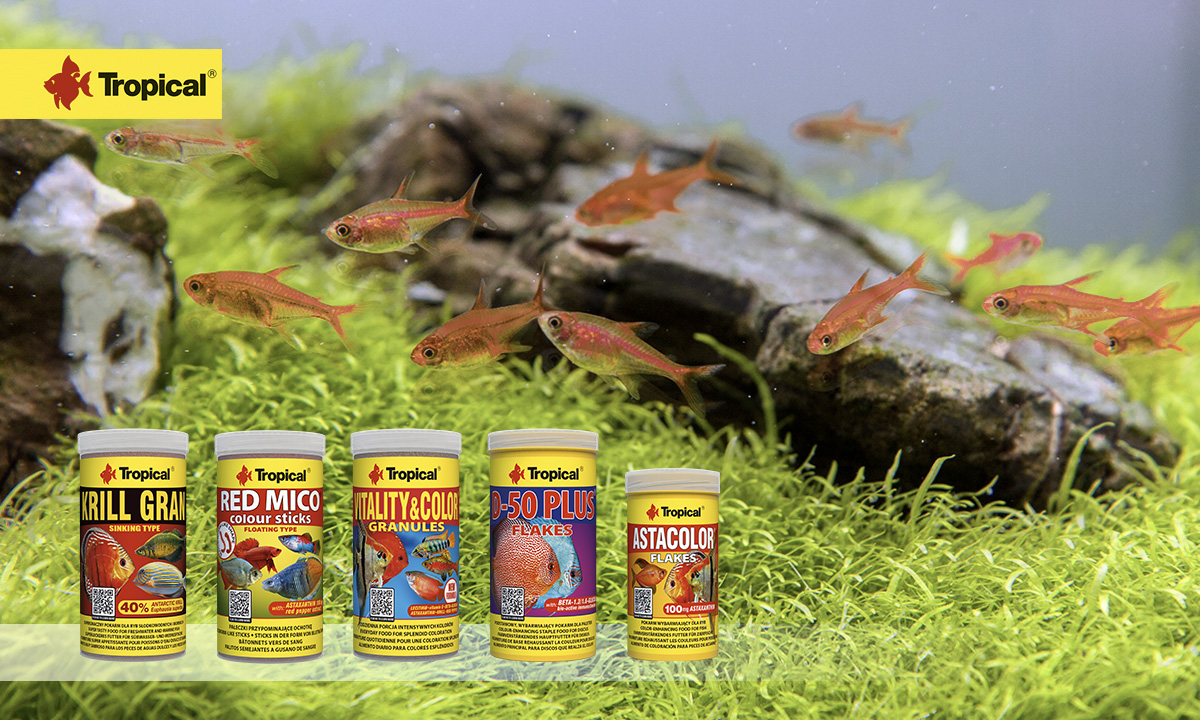Color-enhancing foods for fish – how do they work?
It is safe to assume that every aquarist has heard of, or even used, color-enhancing foods. It’s pretty obvious that when it comes to fish, their appearance, including their coloration, is the first thing an aquarium watcher pays attention to. The coloration of the fish depends on many factors. It is affected by genetics, environmental conditions, age, health and food. By using color-enhancing foods, we can, to some extent, increase the intensity of fish’s coloration. Have you ever wondered how coloration foods work, what they contain and how they affect the condition of your fish?
What do color-enhancing foods for fish contain?
Color-enhancing ready-made fish foods as well as live and frozen foods contain carotenoids. Carotenoids are a group of natural pigments comprising some 1,100 identified compounds with a wide variety of structures. They are widely distributed in nature in both plant and animal worlds. Carotenoids include carotenes, whose molecule consists of only carbon and hydrogen, and xanthophylls, which in addition also contain oxygen. They are fat-soluble compounds, so in the body they are found embedded in cell membranes, dissolved in fat droplets or bound to proteins in the system used for photosynthesis. Only plants and some species of fungi and bacteria are capable of producing them. Therefore, animals, including fish, must take in carotenoids with their food. I deliberately used the word “must” because carotenoids have many important functions in the body of fish, so they are an essential component of their diet.
What are the sources of carotenoids for fish?
Basic sources of carotenoids for fish are algae, zooplankton, crustaceans and insects. But only algae synthesize carotenoids on their own; others accumulate them in their tissues by feeding on algae or other organisms that have previously eaten the algae. Interestingly, many fish and crustaceans have special enzymes that allow them to modify the carotenoids taken in with food. This is the ability of goldfish and carp, which can convert zeaxanthin to astaxanthin. Fish foods also contain taller plants, such as spinach, nettle and alfalfa. These raw materials most often comprise lutein and zeaxanthin, which are responsible for yellow and yellow-orange colors.
What carotenoids are used in aquarium fish foods?
The most common ingredients in fish foods include astaxanthin and beta-carotene. One may ask, why astaxanthin? Well, it is because this carotenoid is generally detected in sizable amounts in the bodies of wild fish and shellfish. In addition, it is characterized by high bioavailability from food. Ready-made foods for ornamental fish also use raw materials known for their high carotenoid content, such as shellfish, algae, red bell pepper, and higher plants: spinach, nettle and alfalfa.
How many carotenoids should a fish color-enhancing food contain?
All Tropical ready-made foods contain carotenoids in their raw materials. However, only foods with a high content of them can be called color-enhancing. What does high carotenoid content mean? Color-enhancing foods for ornamental fish in the EU may contain a maximum of 100 mg of astaxanthin per kg of product. It is a high dose that allows you to see changes in the intensity of the fish’s coloration in a short period of time, often after just two weeks. Tropical’s color-enhancing foods contain also carotenoid-rich raw materials such as krill, shrimp, calanus, spirulina, chlorella and red pepper in addition to astaxanthin. This makes the total dose of carotenoids much higher.
Scientific studies report that improvements in the coloration of tetras, cichlids, gouramis, goldfish and danio were found with an astaxanthin content of 30 mg/kg in ready-made foods. Clownfish’s diet which included 100 mg/kg of astaxanthin resulted in color intensification after just one week of using this food. At the same time, more intense fish growth was observed. In contrast, the recommended dosage for consumer fish is 50 to 100 mg/kg.
Which color-enhancing food for fish should I choose?
Wondering which color-enhancing food to choose for your fish? First of all, pay attention to the content of astaxanthin and raw materials rich in carotenoids. To do this read the composition of the food (you can check it on our website). Then choose the appropriate form (flake, granules, etc.) and size.
Below I present an overview of Tropical color-enhancing foods for ornamental fish.
| Food | Color-enhancing ingredients | Other valuable functional components |
| Discus Gran D-50 Plus Flake | astaxanthin 100 mg/kg beta-carotene 140 mg/kg red pepper extract 3000 mg/kg krill 3% spirulina 0.5% | protein 50% beta-glucan |
| Discus Gran D-50 Plus Granulat | astaxanthin 100 mg/kg beta-carotene 140 mg/kg red pepper extract 3000 mg/kg spirulina 1.5% | protein 50% beta-glucan |
| Astacolor | astaxanthin 100 mg/kg red pepper extract 3500 mg/kg spirulina 2% | |
| Super Spirulina Forte Super Spirulina Forte Granulat Super Spirulina Forte Mini Granulat Super Spirulina Forte Chips Super Spirulina Forte Tablets | spirulina 36% | |
| Red Mico Colour Sticks | astaxanthin 100 mg/kg red pepper extract 3800 mg/kg | beta-glucan |
| Vitality & Color Granules | astaxanthin 84 mg/kg red pepper extract 3000 mg/kg shrimps 10% krill 8% | beta-glucan L-carnitine: |
| Krill Flake Krill Gran Krill Chips Krill Gran XXL | astaxanthin 100 mg/kg krill 40% |

